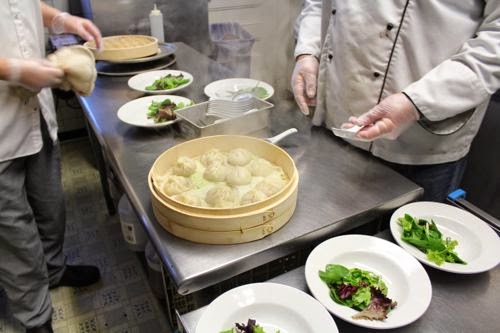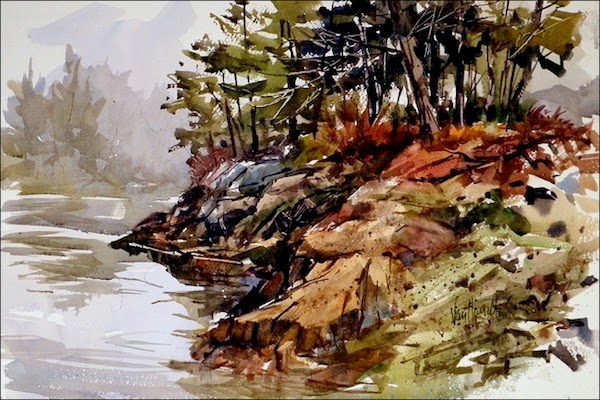Elizabeth Barton creates exciting contemporary art quilts, using abstract art principles for inspiration. She returns to the Hudson River Valley Fiber Art Workshops to teach a five day class, Abstract Art for Quiltmakers, August 16 to 22, 2015.

How long have you been teaching and what got you started teaching?
Since 1986…started because I wanted to learn more myself and teaching is a very good way to do that!
What is your favorite part about teaching?
It’s extremely rewarding when somebody has been stuck at a certain stage sometimes for years and suddenly you can help them see the way through!

What would you tell your prospective students are three best reasons for taking a workshop?
Useful information that you can take home and apply to many different quilts.
Individual personal critique – immediate feedback.
The shared enthusiasm of working alongside kindred spirits.
What are you currently working on in your own art?
I’m revisiting some older ideas with new subjects.
Where is your art currently being exhibited?
A couple of galleries in the South East, the touring Quilt National 2013, Atlanta airport: Gate 27 Concourse E.
Is your work represented in galleries, and if so, what hints would you give to artists looking for gallery representation?
That they look for a gallery that specializes in similar work.
Do you sell your work in any online gallery?
From my website: www.elizabethbarton.com and from my blog: www.elizabethbarton.blogspot.com. Not from any of the commercial online galleries – I’ve heard very mixed reports.

What is your favorite art quote?
Sergei Eisenstein the great Russian filmmaker said: “Careful planning and brilliant improvisation.”
Describe your studio.
I have different rooms for different activities. A large walk out basement with sinks etc., and large print tables for dyeing and printing. A command center with design wall, computer and sewing machine. And an art library and sketching area.
Name five of your “can’t do without” tools/products.
Pencil and paper, rotary cutter, T-square, protractor, camera, computer, sewing machine, and unlimited cups of tea!
Read more of our recent Instructor interviews:
An Interview with Tony van Hasselt, Watercolor Artist
An interview with Lorenzo Chavez: Prominent Landscape Painter in Pastels and Oils
An Interview with Leah Lopez, Award-Winning Artist and Instructor
An Interview with Frank Francese, Watercolor Artist
An Interview with David Daniels: Artist in Watercolor + more
An interview with Judy Coates Perez, mixed media textile artist.
Interview with Liz Kenyon, Pastel Painting Instructor
Patti Mollica discusses creating her art, and teaching
An Interview with Kim English, Oil Painter
An Interview with Barbara Nechis, Watercolor Artist
An interview with Hollis Chatelain: Fiber Artist
An Interview with Natalya Aikens: Computer + Stitch = Art Quilt
Ruth Powers: Designing and Sewing for Picture Piecing




















